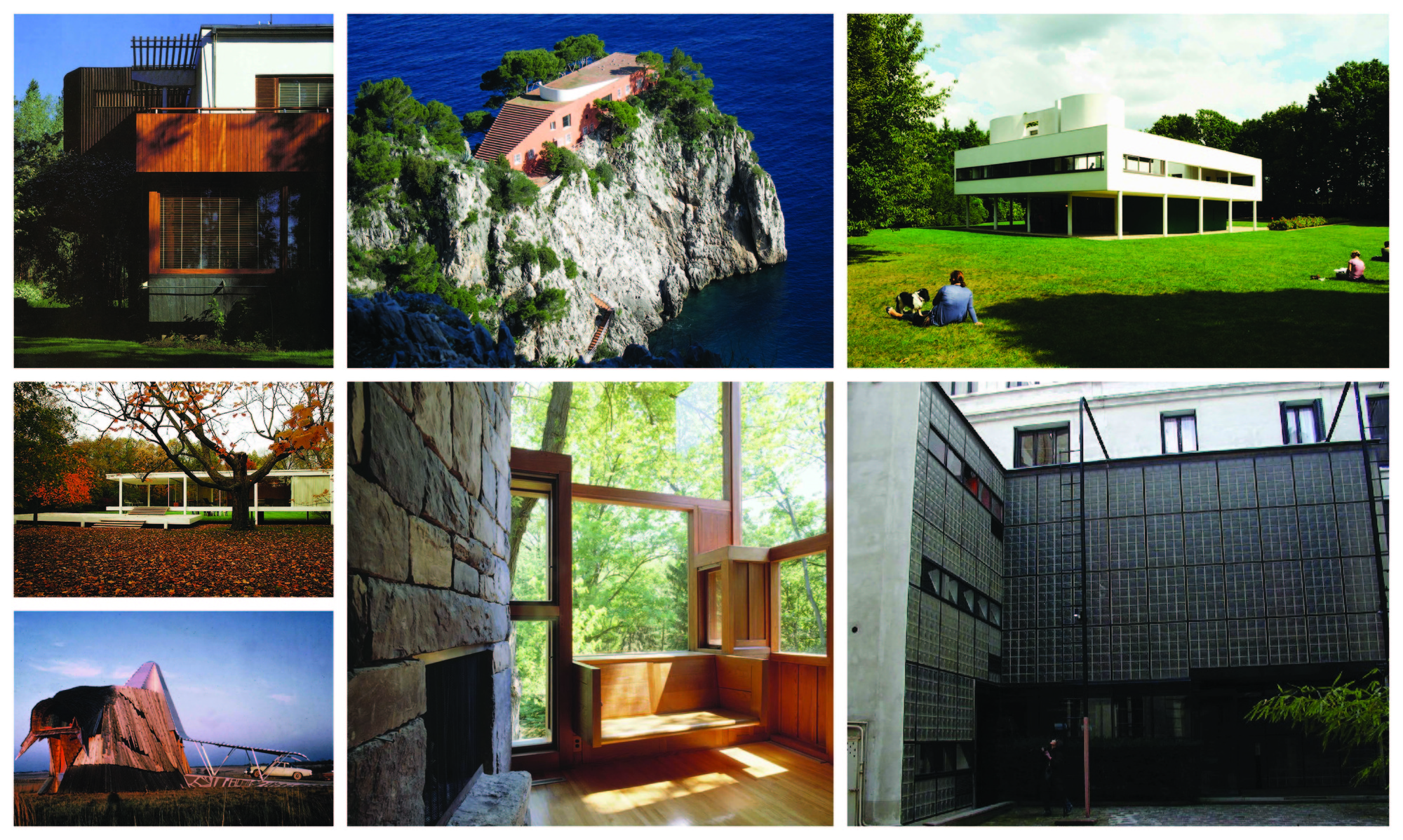
Villa Malaparte, built in 1938 by the Rationalist architect Adalberto Libera in Punta Massullo on the Isle of Capri, is considered to be one of the best examples of Modern Italian architecture. The house, a red structure with inverted pyramid stairs, sits 32 meters over a cliff on the Gulf of Salerno. It is completely isolated from civilization, only accessible by foot or by boat.
The house was commissioned by the Italian writer, Curzio Malaparte whose eccentric character eventually led him to dominate the design process, causing serious conflict with Libera. Malaparte wanted the house to reflect his own personal character and become a place for solitary contemplation and writing. He once said: "Now I live on an island, in an austere and melancholy house, which I built myself on a lonely cliff above the sea. [It is] the image of my desire."






